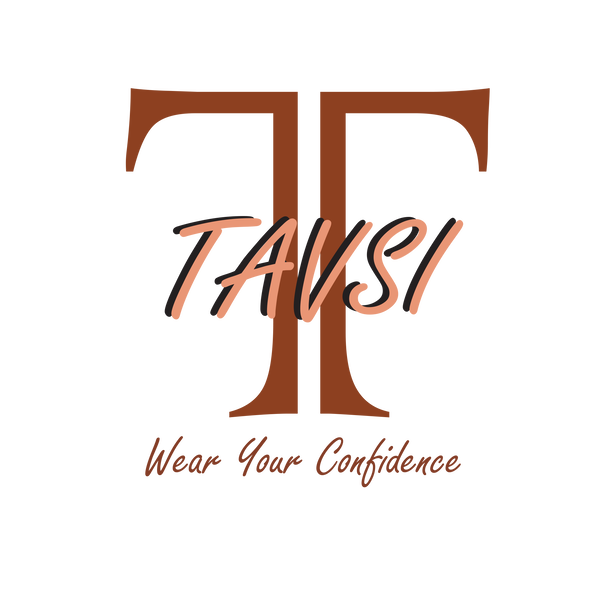
The Role of Ethnic Wear
1. Cultural Identity and Heritage
- Expression of Identity: Ethnic dress often serves as a visual marker of one's cultural background and heritage. It can symbolize belonging to a particular community or group.
- Preservation of Tradition: Many ethnic dresses have been passed down through generations, preserving traditional craftsmanship, patterns, and designs that carry historical significance.
- Celebration of Diversity: Ethnic dress celebrates the diversity of human cultures worldwide, showcasing unique styles, textiles, and techniques.
2. Social Significance
- Rituals and Ceremonies: Ethnic dress is often worn during important rituals, ceremonies, or festivals, marking significant life events such as weddings, births, and religious ceremonies.
- Status and Identity: In some societies, specific types of ethnic dress may denote social status, rank, or roles within the community.
- Unity and Solidarity: Wearing ethnic dress can foster a sense of unity and solidarity among community members, reinforcing shared cultural values and practices.
3. Fashion and Global Influence
- Fashion Industry: Elements of ethnic dress often influence mainstream fashion trends, with designers drawing inspiration from traditional textiles, embroidery, and silhouettes.
- Cultural Exchange: In a globalized world, ethnic dress contributes to cultural exchange, as people from different backgrounds incorporate elements of each other's traditional attire into everyday fashion.
- Tourism and Cultural Diplomacy: Ethnic dress can also play a role in tourism, with visitors appreciating and sometimes adopting local attire as a way to connect with the culture they are exploring.
4. Economic and Artisanal Impact
- Supporting Artisans: The production of ethnic dress supports local artisans and craftsmen, many of whom have specialized skills in weaving, embroidery, dyeing, and garment construction.
- Economic Opportunities: Ethnic dress can contribute to local economies through tourism, trade, and export of textiles and garments.
- Sustainability: Traditional methods of producing ethnic dress often prioritize sustainable practices, such as using natural dyes and organic fibers, promoting environmental conservation.
5. Challenges and Adaptation
- Changing Traditions: In a rapidly changing world, the role and meaning of ethnic dress may evolve as communities adapt to modern lifestyles and influences.
- Cultural Appropriation: There are ongoing debates about cultural appropriation when elements of ethnic dress are adopted without proper understanding or respect for their cultural significance.
- Preservation Efforts: Efforts are being made worldwide to preserve traditional textile techniques, skills, and knowledge associated with ethnic dress, ensuring they are passed down to future generations.
Conclusion
Ethnic dress is more than just clothing; it embodies cultural pride, social identity, and economic significance. By understanding and appreciating the role of ethnic dress, we can celebrate diversity, promote cultural exchange, and support sustainable practices in fashion and craftsmanship.
